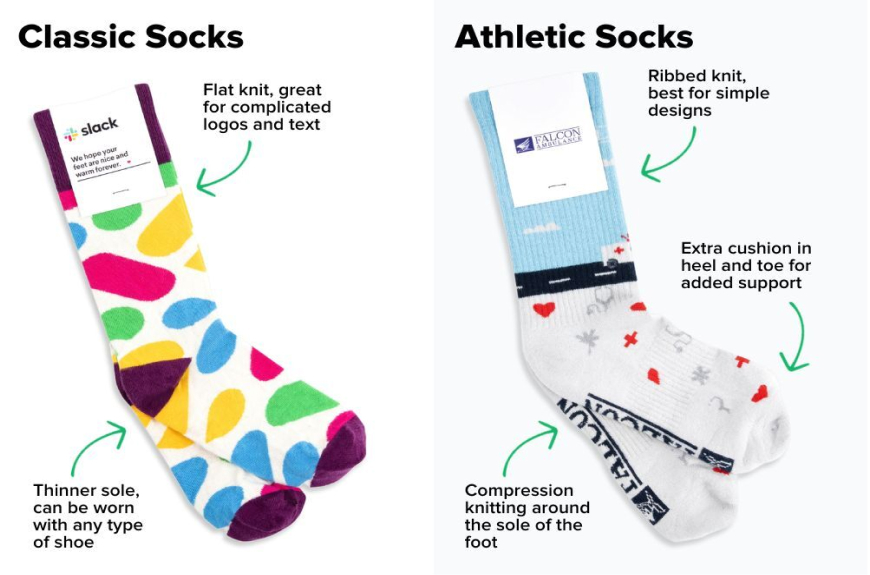When it comes to enhancing athletic performance and aiding recovery, compression gear has become increasingly popular. Two common options are compression leggings and socks, but which one should you choose? This blog post will explore the benefits and differences between these two compression options to help you make an informed decision.
Understanding Compression Gear
Compression gear works by applying pressure to specific areas of the body, promoting blood flow and reducing muscle vibration. This can lead to improved performance, reduced fatigue, and faster recovery times. Both compression leggings and socks serve this purpose but in different ways.
Compression Leggings
Compression leggings cover a larger area, typically from the waist to the ankles. They provide support to major muscle groups in the legs, including the quadriceps, hamstrings, and calves. This full-coverage approach can be particularly beneficial for activities that engage multiple muscle groups, such as running or high-intensity interval training.
Footless compression leggings offer the added benefit of versatility, as they can be worn with different types of footwear or even on their own. They're also popular for their fashionable appearance, making them suitable for both athletic and casual wear.
Compression Socks
On the other hand, compression socks focus on the lower leg and foot. They're excellent for improving circulation in these areas, which can be particularly beneficial for endurance athletes or those who spend long periods on their feet. Compression socks come in various lengths, from ankle to knee-high, allowing for targeted compression based on specific needs.
Custom athletic socks with compression features can provide the added benefit of personalized design, making them a popular choice for teams and individual athletes alike.
Choosing Between Leggings and Socks
The choice between compression leggings and socks often comes down to personal preference and specific needs. If you're looking for full-leg support and coverage, leggings might be the better option. They're also great for colder weather or for those who prefer more modest athletic wear.
Compression socks, however, are often more comfortable to wear for extended periods and can be easily paired with any athletic outfit. They're also more practical for everyday wear, especially for those who need compression for medical reasons or to combat the effects of prolonged sitting or standing.
Combining Both Options
For maximum benefit, some athletes choose to use both compression leggings and socks, depending on their activity or recovery needs. This approach allows for targeted compression and versatility in different situations.
Wrapping Up
Whether you choose compression leggings, socks, or a combination of both, the key is to find what works best for your body and activities. Consider factors such as comfort, the specific areas you want to target, and the types of activities you'll be doing. Remember, custom socks can add a personal touch to your compression gear, making your workout not just effective, but also uniquely yours.


